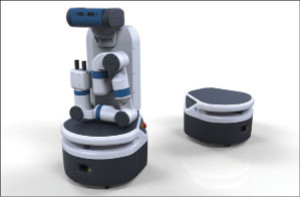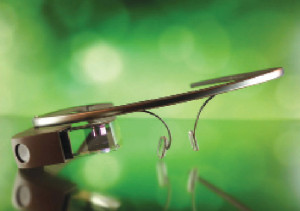In industrial spaces, wearable technology often takes the form of personal protective equipment (PPE). Protective and sophisticated, these technologies help safeguard users from workplace hazards. Mining firms, for example, are fitting workers with sensors that monitor air quality and alert them of danger zones.
On the other hand, some verticals have started using commercially-available wearable technology to augment technicians’ skills with extra information and guidelines. Architectural firms are using AR glasses, which superimpose valuable details like dimensions and soil quality, which are updated live as the architect moves about the site.
The oil and gas industry, one of the early adopters of wearable technology, uses Google Glasses for on-field maintenance technicians to access real-time information and instructions to fix malfunctioning equipment.


Google Glasses, despite all the speculation about the project’s shutdown and the impending re-emergence of Glass 2, seemed to be the spotlight at events like International Machine Tool Show and PackExpo in 2014. Beckhoff Automation, for instance, showed a proof-of-concept of Google Glass attached to a machine interface application running off its PC based computing platform. Novotek combined the Glass with GE’s Proficy Workflow software for hands-free expert guidance through process steps.
Smartwatches are also proving to be quite useful on the industrial front, thanks to being supported by tools like Schneider Electric’s Wonderware SmartGlance 2014 R2, which helps monitor, visualise and analyse real-time plant and industrial process data using mobile devices. APX Labs, a known name in smartglasses based applications for automotive, aerospace, oil, gas and energy industries, recently launched a smartwatch-friendly version of its popular Skylight software. This would enable factory workers and engineers to access checklists, alerts, information, applications and systems necessary to do their jobs in a more hands-on fashion.
Trend-watchers predict that soon smartrings could also be used to alert field technicians of an urgent requirement or warn workers of a potentially-dangerous condition.
So, it is evident that from brainy (robot scientists) and brawny (collaborative robots) to tiny (wearables), technology is coming to us in many glamorous and useful forms, to automate tasks and improve efficiency at locations ranging from labs and factories to mines. This trend is all set to improve, because the need is real. And of course, profitable, too!










